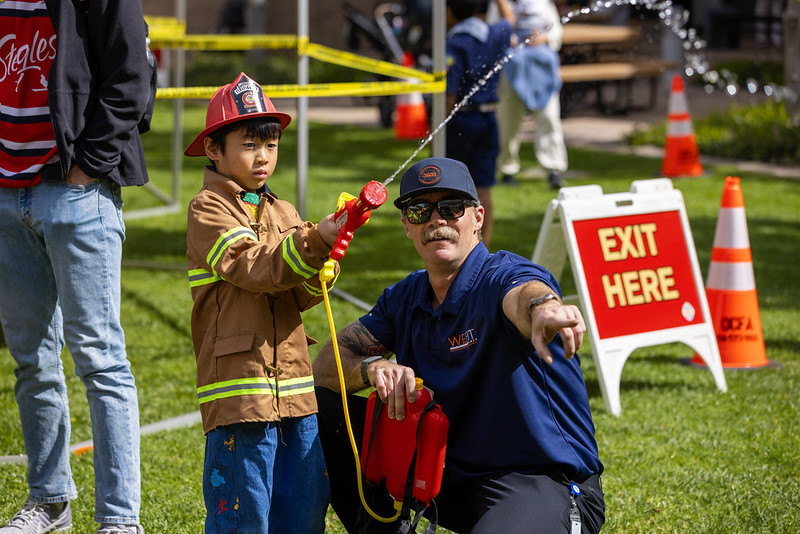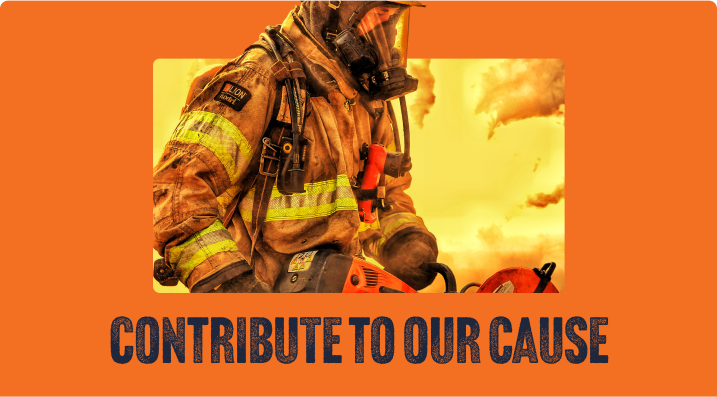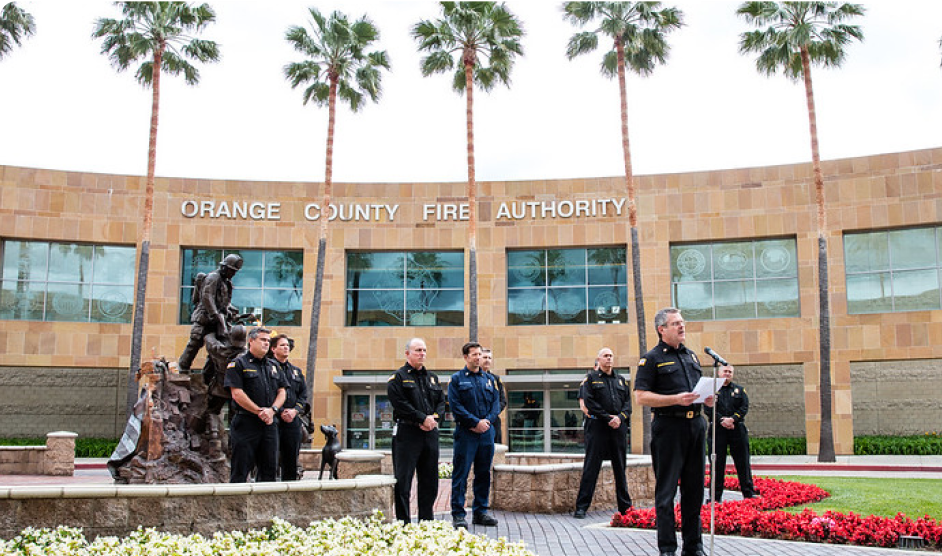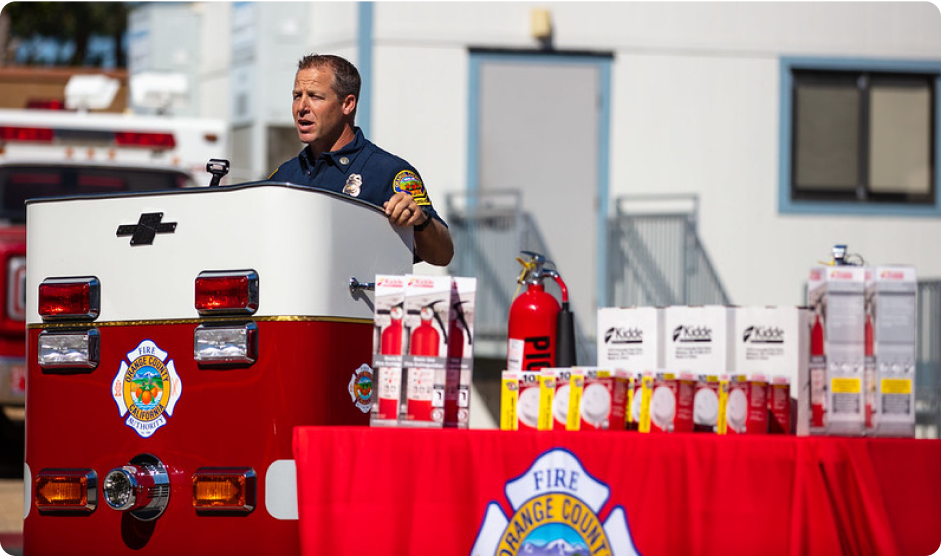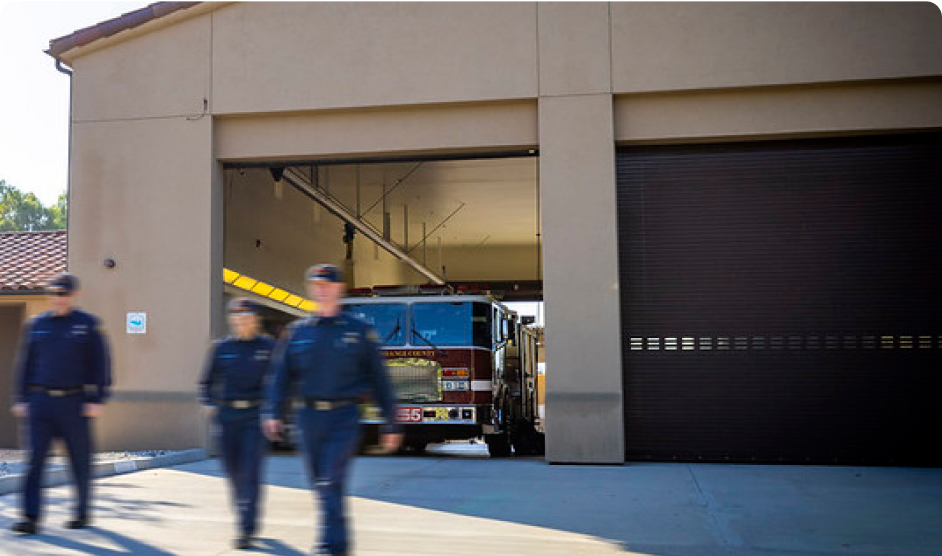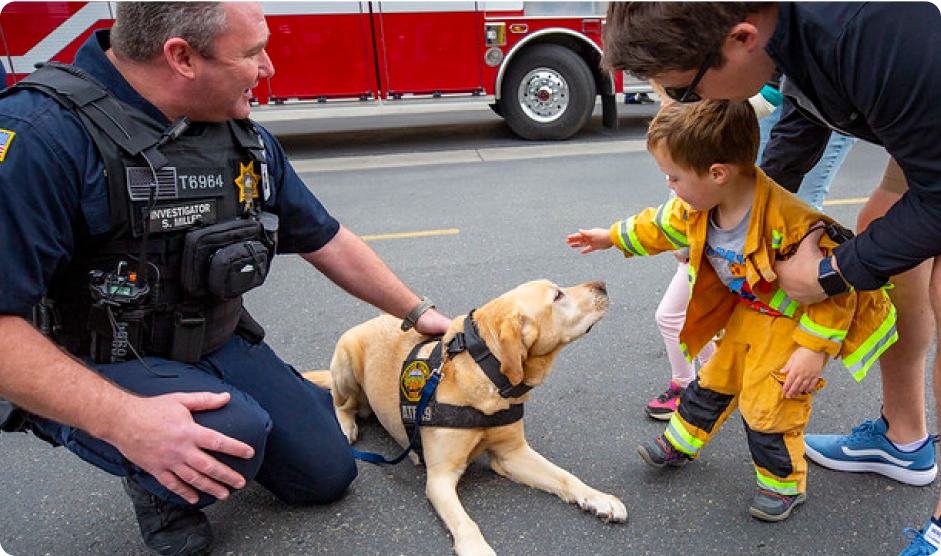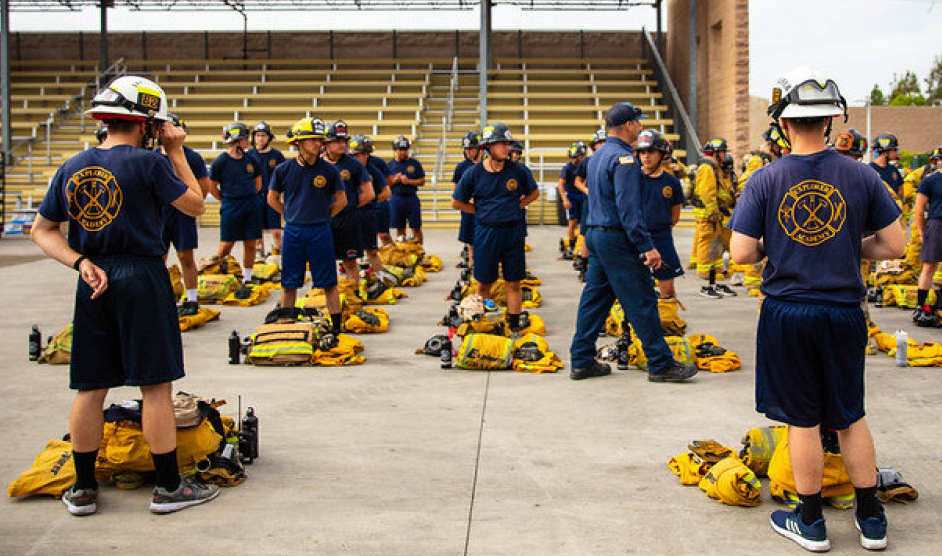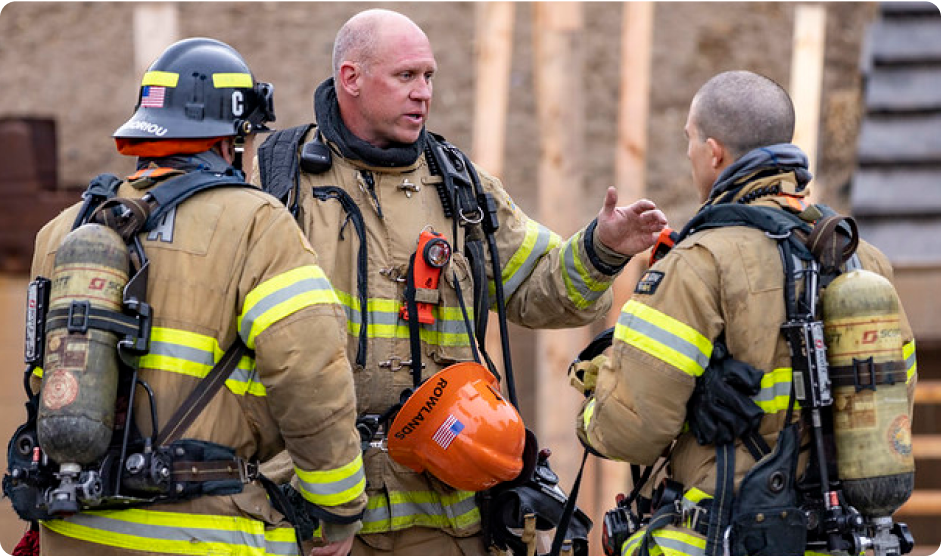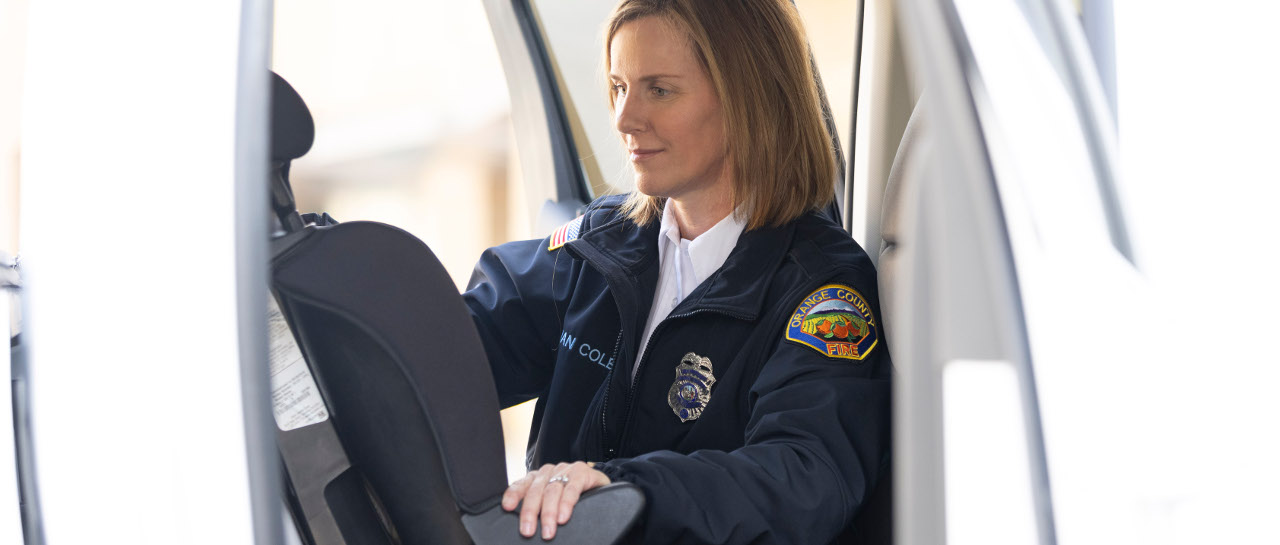Planning for Disasters
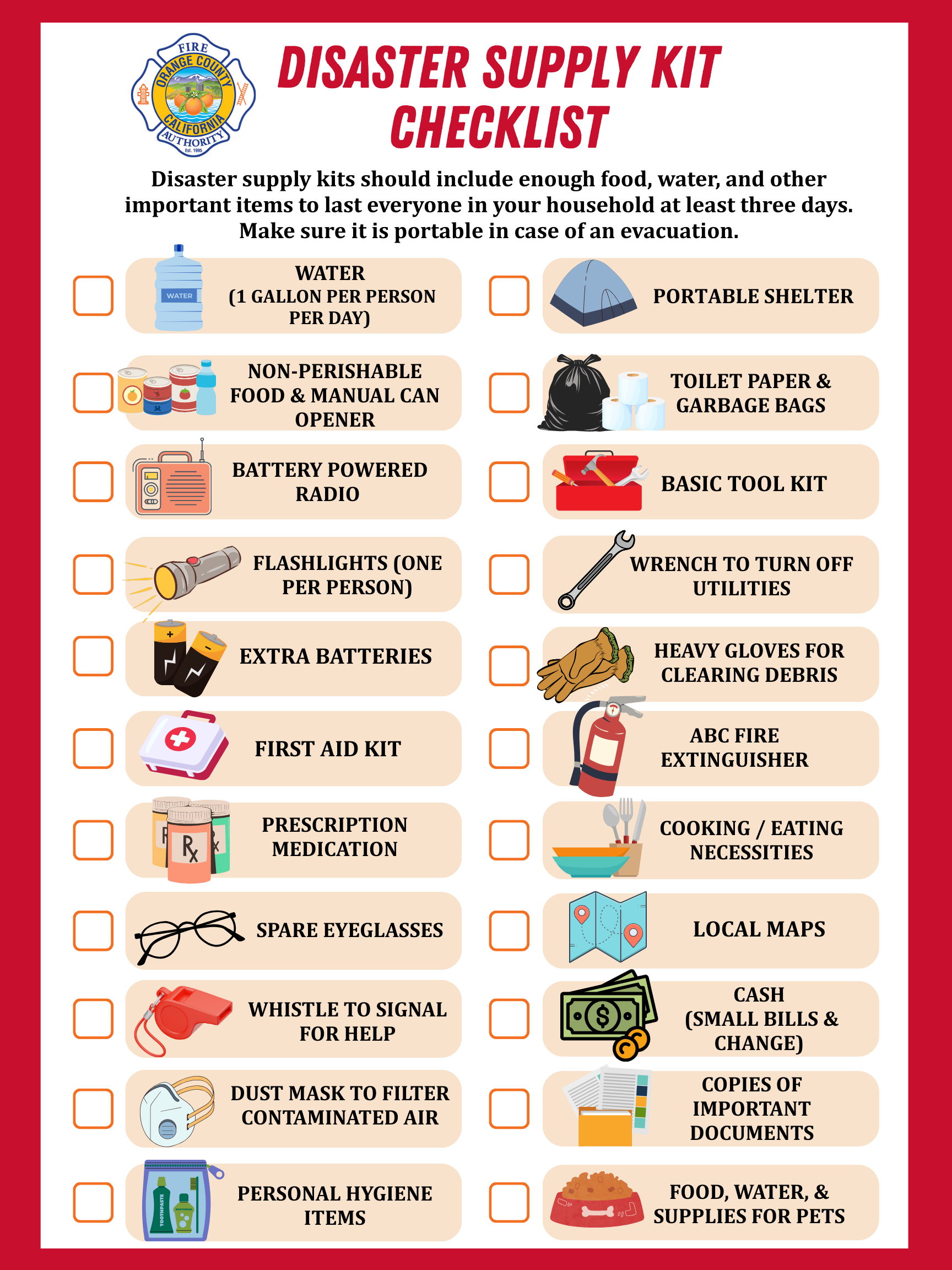
Did you know 41% of Americans say they are not prepared for a disaster? Emergencies can strike without warning, threatening the safety of individuals, families, and communities. By creating a family disaster plan, assembling emergency supply kits, and preparing your home, you can help protect your family and home before the next earthquake, wildfire, or other disaster.
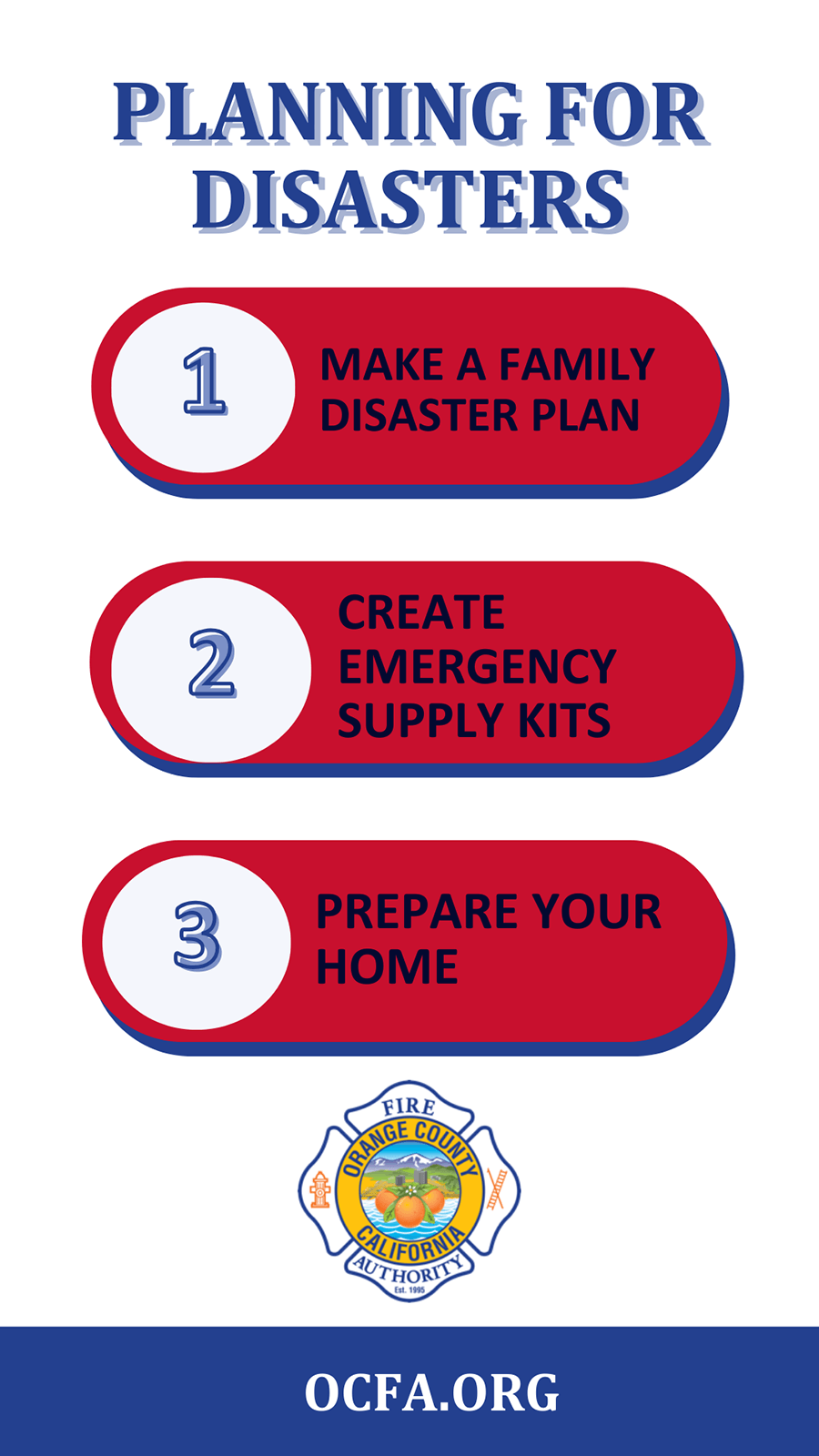
Make a Family Disaster Plan
Every household should have a plan for what to do when a disaster occurs. Assigning roles and responsibilities ahead of time can save valuable time and help everyone work together more effectively in the event of an emergency.
Designate meeting spots in case your family is separated. Choose one meeting spot near your home and another outside of your neighborhood. Make sure every household member knows where to go and what to do during an evacuation. Road closures may affect escape plans, so plan multiple exit routes.
AlertOC is Orange County’s emergency alert system, designed to quickly notify residents and businesses of critical situations that may require immediate action to stay safe. Visit alertoc.com to sign up to receive information both during and after an emergency.
Consider taking safety programs like CERT (Community Emergency Response Team), First Aid, and CPR. They are available locally and can prepare you with the skills to act quickly in a crisis.
Finally, collect important documents such as insurance policies, medical records, and legal documents. Store them in a fireproof safe or on a flash drive.
OCFA offers a Family Disaster Plan sheet available for you at OCFA - Family Disaster Plan
Create Emergency Supply Kits
In an emergency, you may not have time to gather essential items. Having a pre-made emergency supply kit can save valuable time and ensure your household has what it needs to stay safe.
Your kit should be portable, easy to access, and contain enough supplies to last each person in your household a minimum of three days. We highly recommended that if you can, you prepare and pack for up to 7-10 days.
Emergency kits should include the following categories:
- Water
- Food
- Light & Power
- Medications
- Safety Items
- Hygiene Items
- Shelter
- Tools
- Money & Documents
- Cooking Supplies
- Pet Supplies
Prepare Your Home
Taking a few simple steps to prepare your home now can help minimize damage in the event of an emergency. Start by securing heavy furniture, major appliances, electronics, and overhead fixtures to prevent them from falling or tipping over. Use flexible connectors where gas lines and appliances meet to reduce the risk of gas leaks.
It is also important to know how to shut off utilities such as gas, water, and electricity. Ensure you have the proper tools and that every household member has the knowledge of where the valves are located and how to properly shut them off.
Preparing your household for a disaster can be completed in three easy steps: make a family disaster plan, create emergency supply kits, and prepare your home by identifying home hazards. Preparing today can make a difference when a disaster happens.
You may also like


